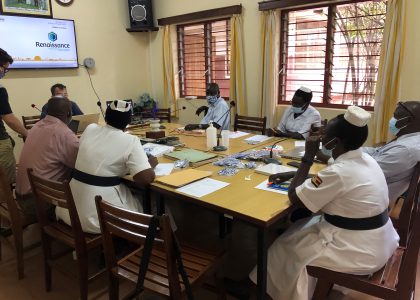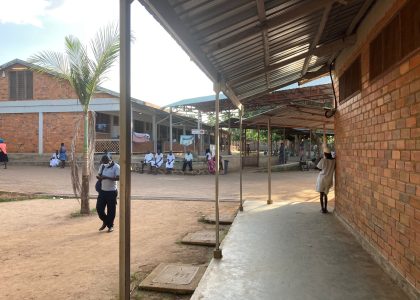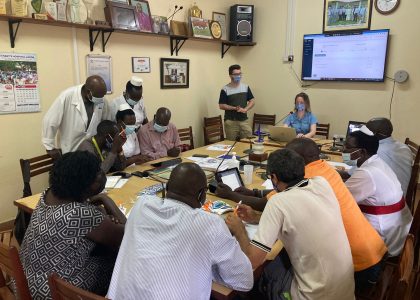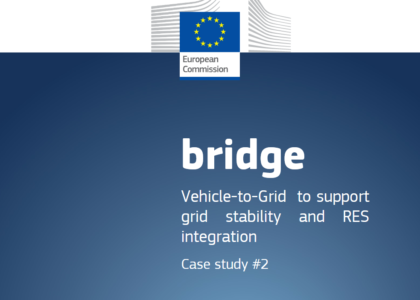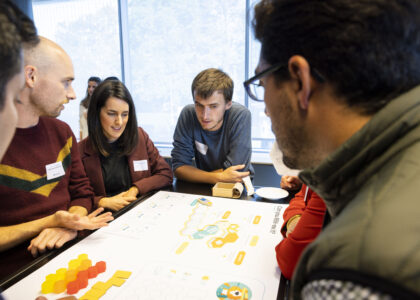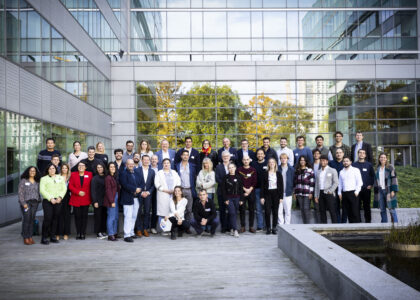by Shary Heuninckx, researcher @Vrije Universiteit Brussels
On May 19th the replication team of the RENAISSANCE project organised a stakeholder engagement workshop in Lacor, a town in the north of Uganda. The team organised the workshop to look into potential future energy initiatives at the St Mary’s Hospital, and invited all relevant actors to join.
Context
St. Mary’s Hospital Lacor is a private, non-profit Ugandan hospital, whose mission is to guarantee affordable medical services, especially to the most needy. It was founded in 1959 and since then has steadily grown into a facility that provides around 250.000 treatments a year. One of their main focus points is self-reliance. They have developed a strong technical department that takes care of all construction and maintenance, water supply and waste management. Over the past years several PV installations have been set up, providing most of the energy that is being consumed on site, and measurement devices to monitor the energy consumption of the different activities on site. Next to the hospital activities itself, the premise also contains a medical training school, residentials buildings for staff, visitors and patient families, and technical workshop spaces.
One of the main energy challenges for the hospital is always guaranteeing a reliable electricity supply. Because of the unstable central grid, local diesel generators are in place to deal with general power outages. In the future a more sustainable solution is desirable. A second discussion element that was tackled in the workshop is the fact that some of the electricity that is produced by the PV panels is lost. Overproduction cannot be sold or donated to the general network under current conditions.
Workshop approach
In preparation of the workshop two potential scenarios for future energy investments were developed: one in which a battery is installed that can partly counteract the current PV curtailment, and one in which the current diesel generators are replaced by PV and batteries, to guarantee that the hospital can cope with general power outages in a more sustainable way.
All participants received a survey a couple of weeks beforehand, in which they could indicate what elements are important for their organization concerning energy supply. Three groups of stakeholders responded to the survey: representatives of the hospital itself, of the residential area on site and of the school of the hospital. Energy distributor UMEME decided not to fill out this survey but make their views clear during the meeting. The output of both exercises was used in the MAMCA workshop itself, in which a total of 12 stakeholders were present.
First, an introduction was given on what an energy community is and in what way the concept can be legally applied in a Ugandan context. Then, the results of the survey were presented and the participants were divided into two groups, representing the hospital and the residential area, to discuss and attribute an importance weight to the selected energy initiative objectives of both groups. Since there were no representatives of the school present, this stakeholder group was not part of the weighting exercise.
In the next part of the workshop the developed scenarios were presented, together with some background information on how they were calculated, and what the differences are compared to the current situation. Then the MAMCA software was used for the evaluation of both scenarios. The 2 participating stakeholder groups attributed an evaluation score to the scenarios for each of their selected objectives, with the help of some expert calculations for the more technical ones such as ‘emission reduction’ and ‘lower energy bill’.
The end result, that showed the scenario rankings for both stakeholder groups, was then discussed, addressing the challenges and hurdles that can be encountered before and during implementation.

Results
In the survey section inquiring the essential objectives concerning energy supply, and the subsequent weighting exercise, the hospital representatives indicated grid stability and reliability as their main concern. Being a not-for-profit institution, they are guided by their mission to offer the best service as possible to the needy, and a reliable power supply is essential to do that. A lower energy bill, that reduces expenses for the hospital as well as the users, was considered their second most important objective, followed by a reduction in emissions. Gaining more autonomy from the central grid can be a nice-to-have but is not considered essential.
The representatives of the residential area explained they lay a clear emphasis on safety for themselves and their families above everything else. New systems therefore need to be installed properly and maintained well to assure this. A lower energy bill as well as low visual and noise disturbance were next on their list of important objectives, followed by grid reliability and replicability that are not considered as essential, as long as safety is guaranteed.
Some important additional boundary conditions and concerns were also mentioned by the respondents. The first one is the fact that a new installation must come with training opportunities for energy technicians, to ensure a secure and efficient installation as well as follow-up. It was also mentioned that it is important to have a sensitization programme for the community, to make sure that a new system is maintained well.
The evaluation of the scenarios, based on each of the stakeholder needs, showed that the scenario in which the current generators are replaced by a more sustainable alternative of additional PV with batteries scored better for both stakeholder groups. This was mainly due to the resulting CO2 reduction, lower cost of energy and higher energy reliability
The major disadvantage of this scenario as discussed, is the big initial investment cost that is required, even though the payback time is quite short (around 8 years). The hospital can not pay this amount itself upfront, so other solutions would have to be found. One is applying for project funds from external sources, which was not always successful in the past. Another solution that is suggested is to implement the system in a modular system, in which new assets can be added each year, depending on available financial resources. The calculated scenario is a theoretical model using maximum values, but a smaller similar system can also already generate advantages because any reduction in diesel consumption has a direct impact on costs and emissions due to the current high diesel price and the significant environmental impact.
Energy distributor UMEME is mainly concerned that the new installations will make the hospital self-sustainable and potentially cut them off from the general grid. It is discussed that this is not a desired situation, since the amount of assets that are needed for that is enormous, and the general grid provides essential services to the hospital. The main goal of new energy investments should be geared towards guaranteeing power supply during times when the general grid is out, and not fully replace it. It is then discussed that a further cooperation between UMEME and the hospital can produce additional advantages for both. With new assets, the latter could for example also offer services (such as grid balancing and local energy supply) to the distributor.
An additional element that was mentioned is the potential role the hospital could play for the local community around the premise. UMEME mentioned that their energy supply at the moment is abundant, but their goal is to provide electricity supply to all Ugandan inhabitants. Together with the fact that electric cooking could solve big environmental problems that are related to the current charcoal cooking, there seems to be a market for additional local electricity supply.
A last issue that was discussed is the current loss of PV-produced electricity because at noon, solar PV peak production time, production is much larger than consumption. Potential solutions that were brought forward is a more detailed analysis of power consuming devices at the hospital, to exploit potential flexibility on the demand side and steer consumption towards solar PV peak production times. Another solution could be signing a Purchase Power Agreement with UETCL (TSO), to sell excess energy to the grid. Both options will be investigated further.
Conclusions
The participants held enthusiastic discussions, and according to the feedback surveys they filled out afterwards, the workshop contributed to strengthening their understanding of potential energy initiatives for the hospital and their advantages. They also indicated the discussion helped them gain a better insight into the needs and wants of all stakeholders. Future investment in additional PV and batteries can bring gains to all under the form of lower electricity cost, less emissions and a potentially higher grid reliability, but the main issue that needs to be cleared out is finding funding for the initial investment as well as a professional maintenance, to guarantee a safe and efficient operation. In the short term measures can be taken to decrease curtailment of the PV-produced electricity by making adjustments to the operation hours of some power consuming devices and/or signing a Power Purchase Agreement with UETCL to sell the excess of power to the general grid.
Site visit
On May 20th the team was shown around the hospital premises by the head of the technical department, Jacopo Barbieri. All the ins and outs of the energy (measurement) system, the hospital generators and the available battery power were clarified, as well as the operation of the water waste management system, the sterilisation room and the construction and maintenance department of the hospital. Impressive work!
Follow us:

